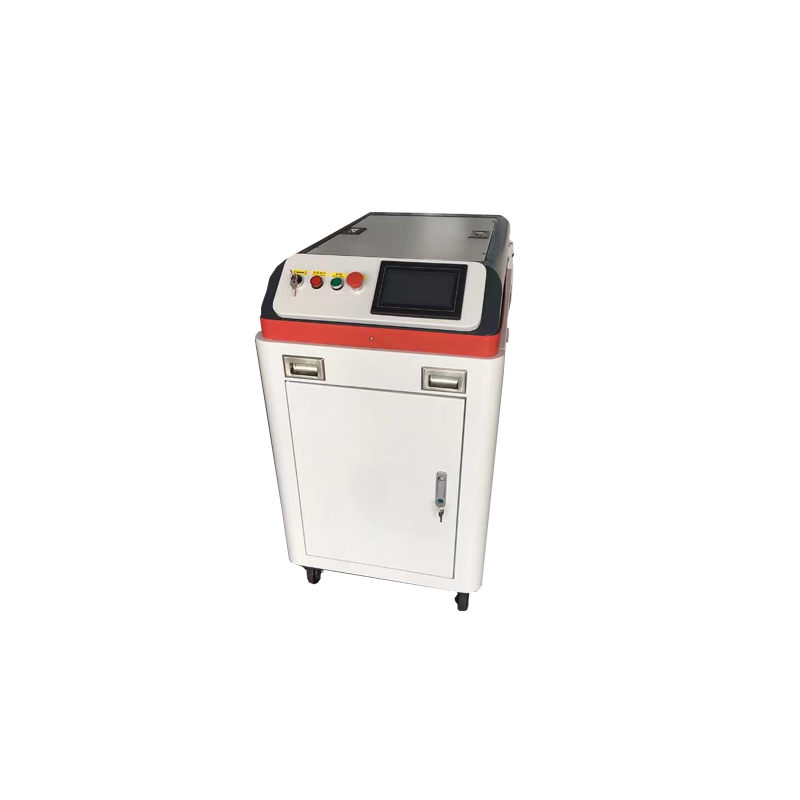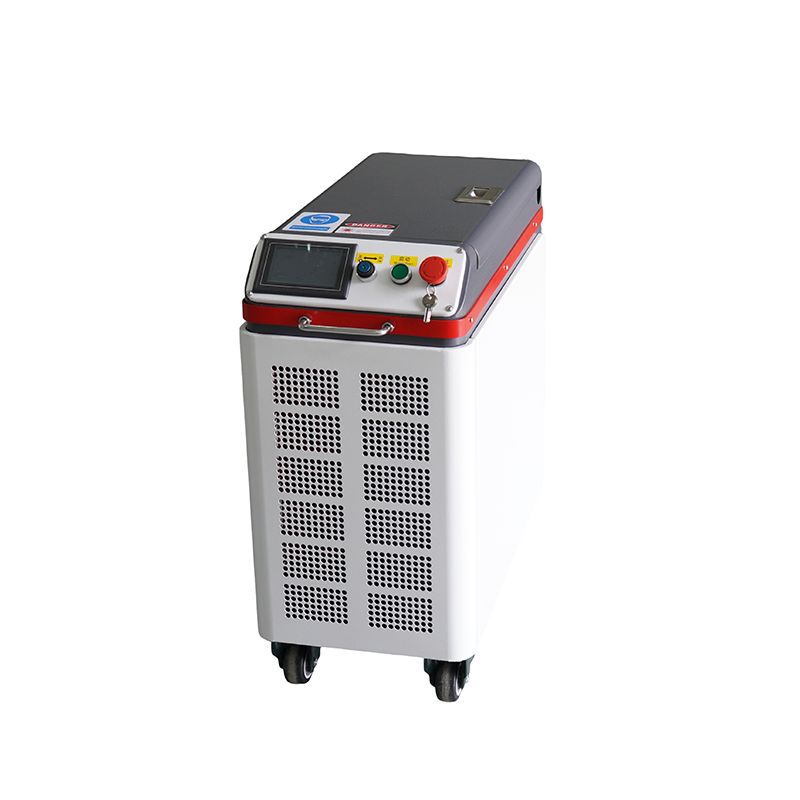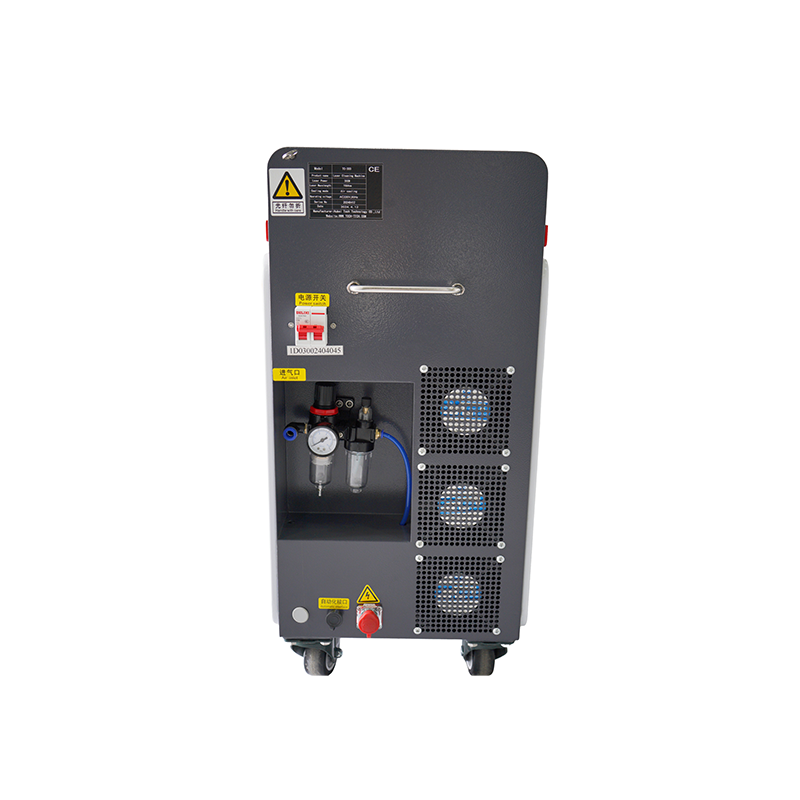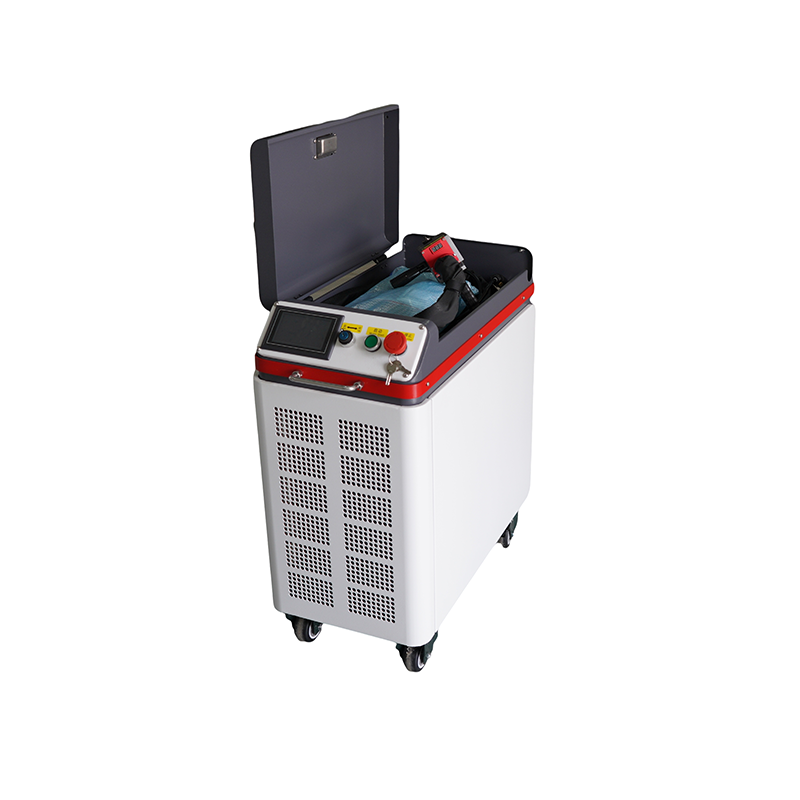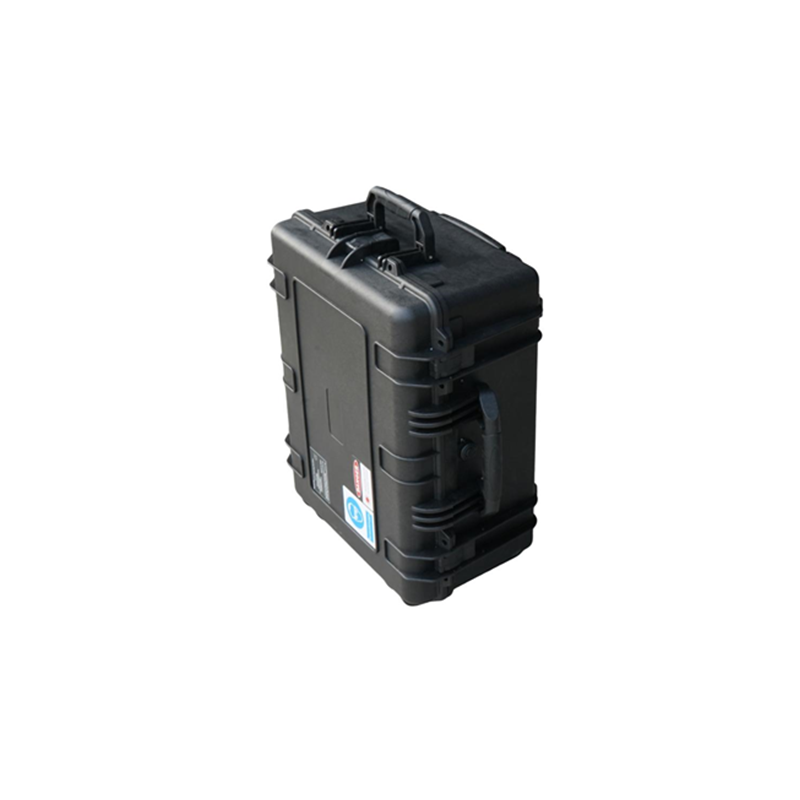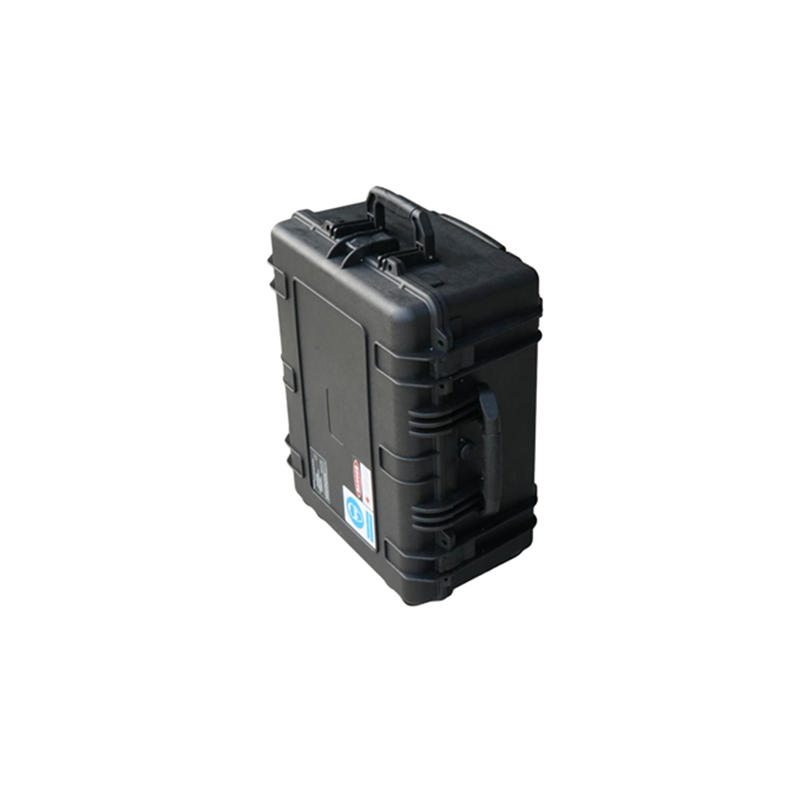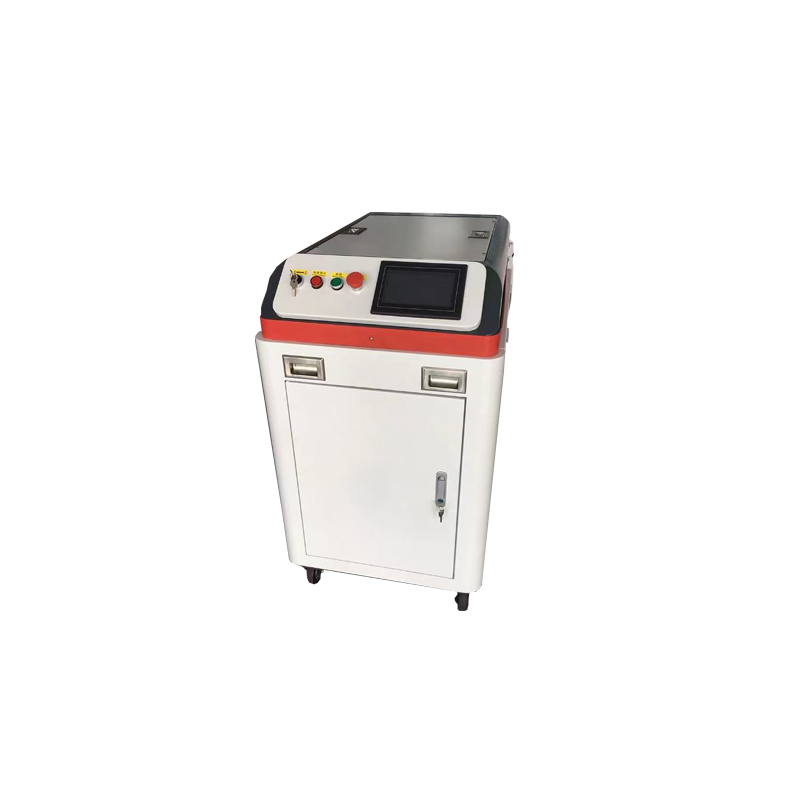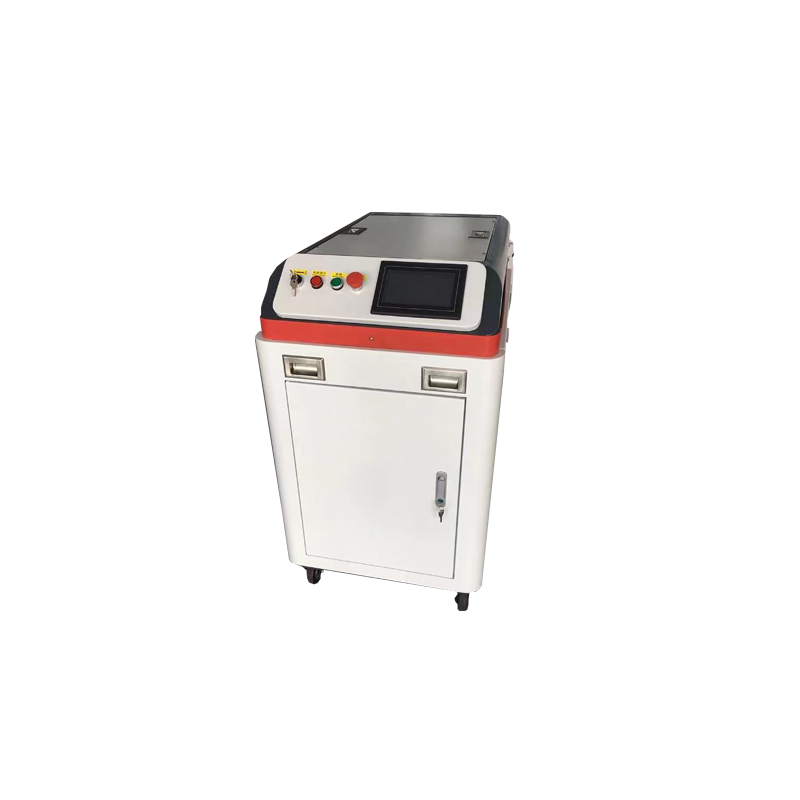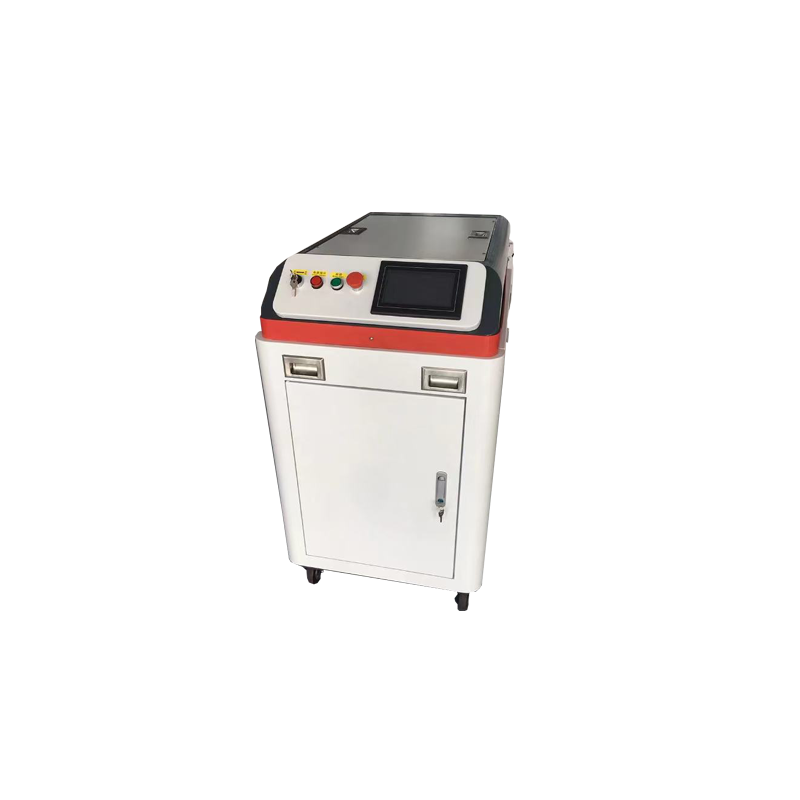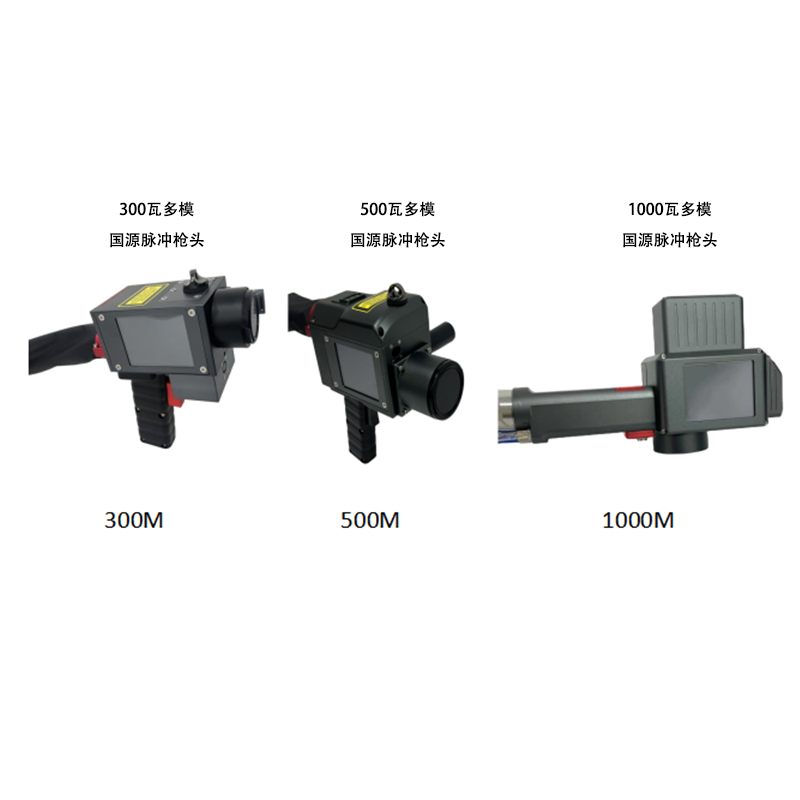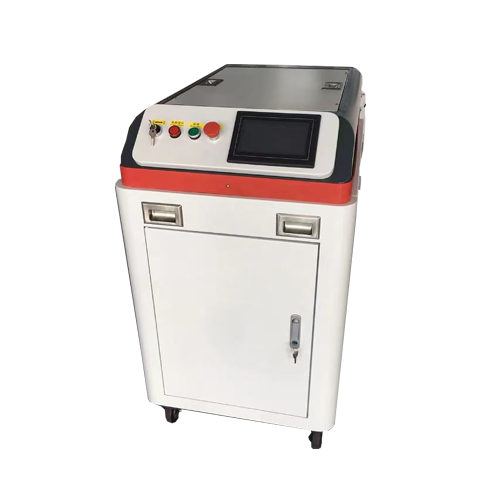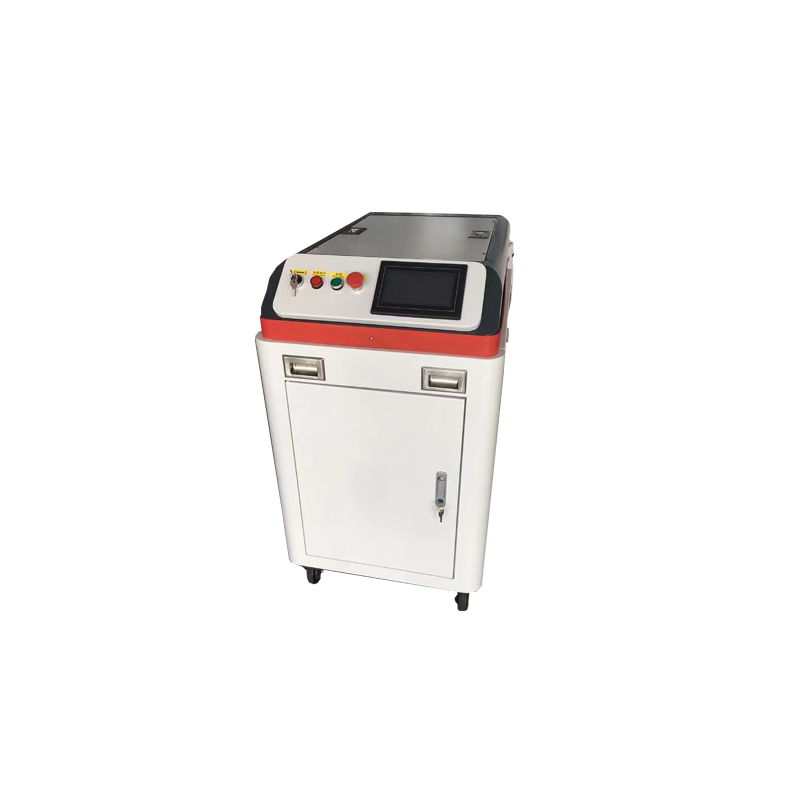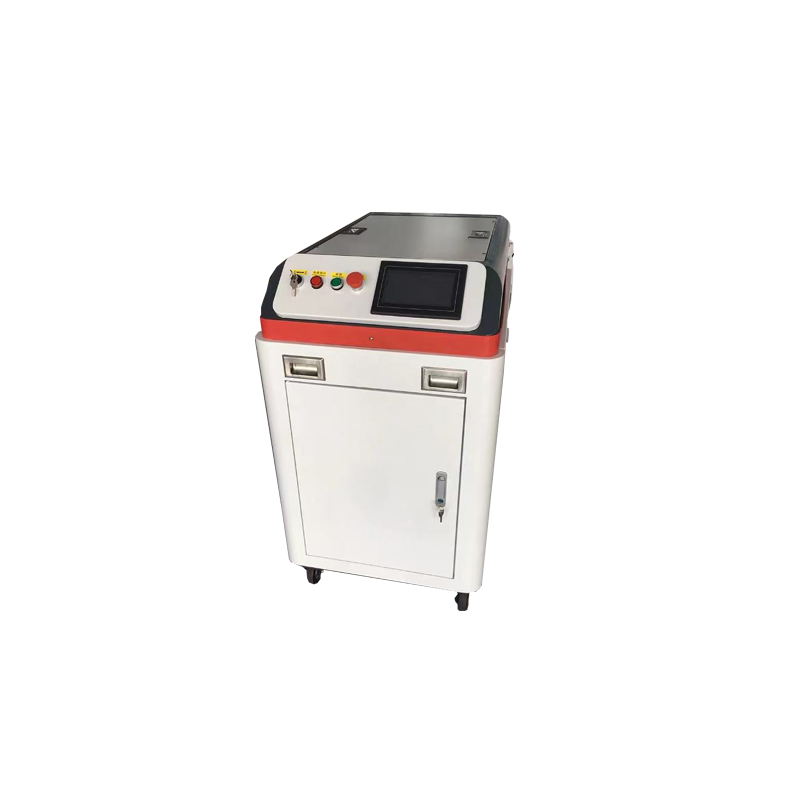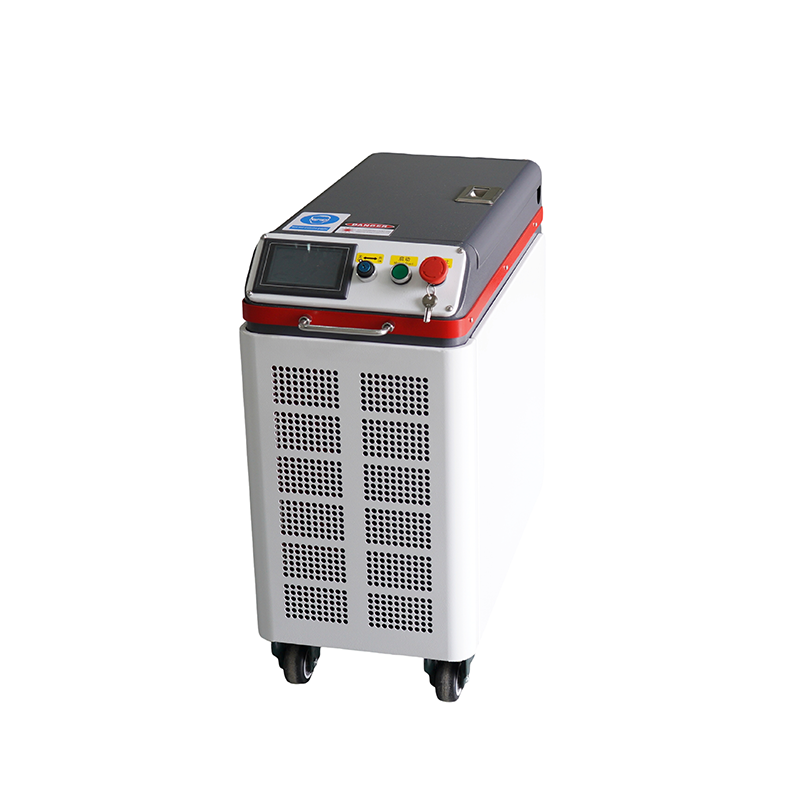Of course. This is an excellent question, as the choice between pulse and continuous wave (CW) laser cleaning machines is one of the most fundamental decisions when selecting a system.
The core difference lies in how they deliver their energy to the contaminant, which leads to significant differences in their applications, effects, and costs.
Here’s a detailed breakdown:
1. Core Operating Principle
Pulse Laser:
How it works: It emits light in extremely short, high-power bursts (pulses). Each pulse has a very high peak power but lasts only nanoseconds (billionths of a second) to microseconds (millionths of a second).
Analogy: Like hitting a surface with a very fast, powerful hammer. The energy is delivered all at once in a massive shock.
Continuous Wave (CW) Laser:
How it works: It emits a constant, steady beam of light with a consistent power level.
Analogy: Like blowing hot air from a hair dryer onto a surface. The energy is applied continuously and evenly.
2. Cleaning Mechanism & Effect
This difference in energy delivery leads to distinct cleaning mechanisms:
Pulse Laser (Ablative Cleaning):
The ultra-short, high-energy pulse is absorbed by the contaminant (e.g., rust, paint) so rapidly that it causes it to vibrate intensely and instantly turn into plasma (a process called ablation) and expand, popping it off the substrate.
Effect: Highly effective for hard, brittle contaminants. It creates a "tapping" or "chipping" effect. It generates more audible noise ("tick-tick-tick") and can sometimes leave a slight micro-texture on the underlying metal, which can be desirable for repainting.
Continuous Wave (CW) Laser (Thermal/Evaporative Cleaning):
The constant beam heats the contaminant layer over a longer period. The contaminant absorbs the energy, heats up, melts, evaporates, or burns away.
Effect: More of a "scorching" or "wiping" effect. It's often faster for removing large areas of lighter contaminants like oils, films, or light paint. It can be quieter (more of a humming or hissing sound).
3. Key Differences Summarized in a Table
| Feature | Pulse Laser Cleaner | Continuous Wave (CW) Laser Cleaner |
|---|---|---|
| Energy Delivery | Short, high-power bursts (pulses) | Constant, steady beam |
| Cleaning Mechanism | Ablation (shockwave, vibration) | Thermal (heating, evaporation, burning) |
| Peak Power | Extremely High (can be 100x the average power) | Equal to its rated power (e.g., a 1000W CW laser has a 1000W peak) |
| Heat Input to Substrate | Very Low (heat has no time to conduct into the material) | Higher (continuous energy can heat the substrate) |
| Control & Precision | Excellent. Precise control over energy per pulse. Ideal for delicate work. | Good, but less precise. More risk of thermal damage to sensitive substrates. |
| Cleaning Speed | Generally slower for large areas, but highly efficient per pulse. | Generally faster for large-area, low-precision removal. |
| Primary Applications | Precision cleaning: Rust, oxidation, mill scale, precise paint stripping, engraving, restoring artifacts, electronics. | High-speed stripping: Large-scale paint removal from floors/ships, removal of oils/grease, rubber from molds. |
| Substrate Safety | Safer for delicate substrates (e.g., thin metals, composites, historical artifacts) due to low heat input. | Risk of overheating thin or sensitive materials, potentially causing warping or damage. |
| Cost | Typically more expensive due to complex laser technology. | Typically less expensive for the same average power output. |
4. How to Choose: Which One is Right for You?
The choice depends entirely on your application:
Choose a PULSE Laser if:
You are working with delicate materials (thin metal, carbon fiber, historical artifacts, electronics).
The substrate must not heat up.
You need high precision and control (e.g., cleaning specific areas without affecting surrounding material).
Your primary contaminants are hard and brittle (thick rust, mill scale, hard anodized layers, carbon deposits).
A slight surface texture for adhesion is acceptable or desired.
Choose a CONTINUOUS WAVE (CW) Laser if:
You are cleaning robust, heat-resistant materials (thick steel, concrete).
Speed is the top priority for large, flat surfaces.
Your primary contaminants are softer or organic (paint, rubber, oil, grease, membranes).
The project has a tighter budget.
Slight heating of the underlying material is not a concern.
Real-World Analogy:
Think of removing ice from your car windshield.
A pulse laser is like using an ice scraper—it delivers sharp, impactful blows to break and pop the ice off without transferring much heat to the glass.
A CW laser is like using the car's defroster—it applies constant heat to melt the ice away.

